How do you stage an ancient Greek tragedy in the Great Hungarian Plain, under the watchful eyes of Soviet censors, and still make it resonate 50 years later? If you are Miklós Jancsó, the answer is clear: with hypnotic long takes, striking choreography, and enough symbolic firepower to outshine even the most oppressive regimes. Electra, My Love is not just a film; it is a cinematic phoenix rising from the ashes of tyranny, as relevant today as it was in 1974.
Based on László Gyurkó’s play and adapted by Jancsó’s frequent collaborator, Gyula Hernádi, Electra, My Love transforms the classic Greek tragedy into an allegory for (not only Hungary’s) political struggles. The story centers on Electra (Mari Törőcsik), still seething 15 years after the murder of her father, Agamemnon. She awaits her brother Orestes’ return to exact revenge on the new king, Aegisztosz, who is responsible for the killing. Everyone thinks Electra has gone mad—merely a relic of a past that is better to be forgotten. After all, independent thinkers are real danger, right?
But madness, in Jancsó’s hands, becomes a revolutionary virtue. Electra is the voice of truth, justice, and rebellion in a world of complacent bystanders. “As long as there is one who remembers, no one can forget.” she declares. Her fiery behavior sparks a cascade of events, the return of Orestes, revenge, and a deeply poetic conclusion.

Source: Filmarchívum
Jancsó’s signature style—long takes and meticulous choreography—is on full display here. The entire film consists of just 12 masterfully composed shots. One lasts an astonishing 350 seconds, making it one of the longest takes in cinema history.
Filmed in Hungary’s sweeping Great Plain, the stark rural setting amplifies the film’s themes of oppression and resistance. Whether it is villagers moving in synchronized defiance, hundreds of candles lighting up a hill, or riders circling ominously on horseback, every frame feels like a panoramic painting come to life. János Kende’s visuals are a real “earthy feast” for the eye.
Yet this is not just a feast for the eyes. The movement—of people, camera, sound — is a language in itself. Jancsó uses it to depict the cyclical nature of power and oppression. Even the (famous) red helicopter at the film’s end, a symbol often misinterpreted as hopeful, is a deliberate provocation. Jancsó himself later admitted it was a misleading metaphor, questioning whether true freedom is possible after decades of tyranny.
Mari Törőcsik’s performance as Electra is nothing short of iconic. Undoubtedly, one of the best portrayals in Hungarian film history. Her face, framed by the setting sun, conveys a depth of emotion.
Supporting roles, including the unforgettable Lajos Balázsovits as a confidant of Aegisztosz, bring further colors to the narrative. Each character represents a different response to power—be it resistance, collaboration, or denial.
Watching Electra, My Love in 2024, you can’t help but feel its timeliness. The questions it raises about justice, power, and resistance are as pressing now as they were during Hungary’s Soviet era. In a world where authoritarianism is on the rise and political truths are increasingly contested, Electra’s cry for accountability feels painfully familiar.

Source: Port.hu
But I do not think that the film’s relevance is limited to politics. It also speaks to leadership in all its forms. Whether you’re running a country or managing a team, the questions remain: Do you wield power justly? Do you speak out against wrongdoing? Or do you look the other way, hoping to live in “peace”?
Fifty years after its release, Electra, My Love remains a towering achievement in cinema. It is a reminder of what is possible when art refuses to bow to oppression, when stories refuse to die, and when filmmakers dare to push boundaries.
If you have not seen it yet, do not worry. The film is available on FILMIO, a streaming platform showcasing Hungarian films. Sign up before January to watch it for free.
~ by Dora Endre ~

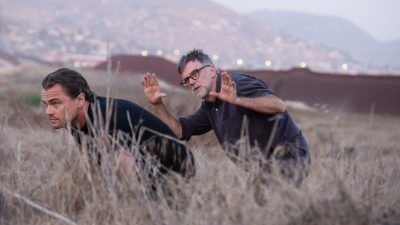
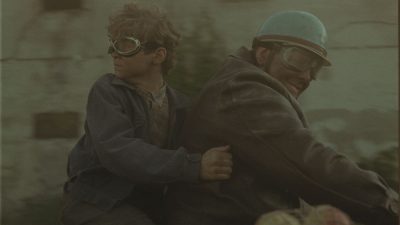

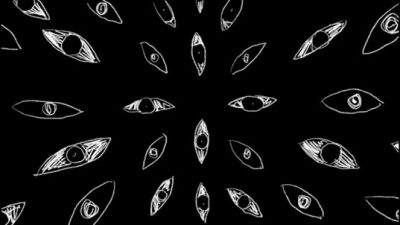


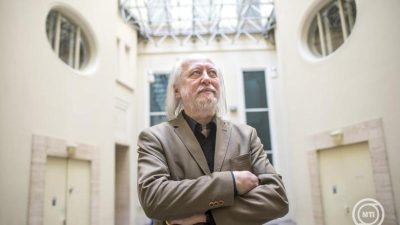





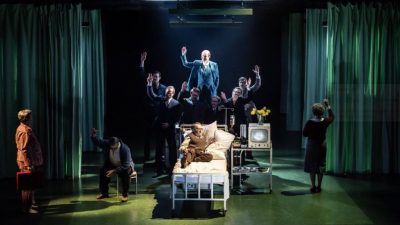
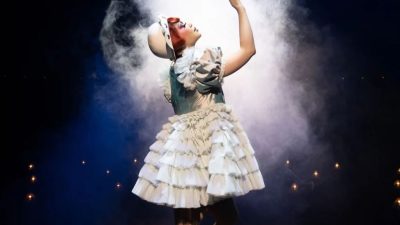
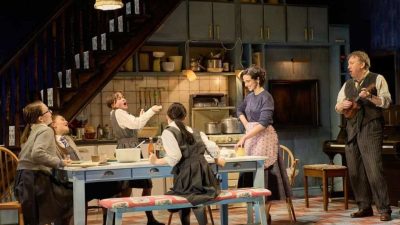
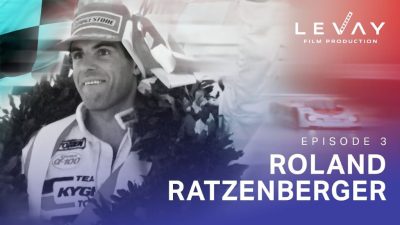





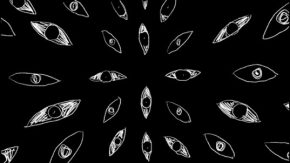


Comments